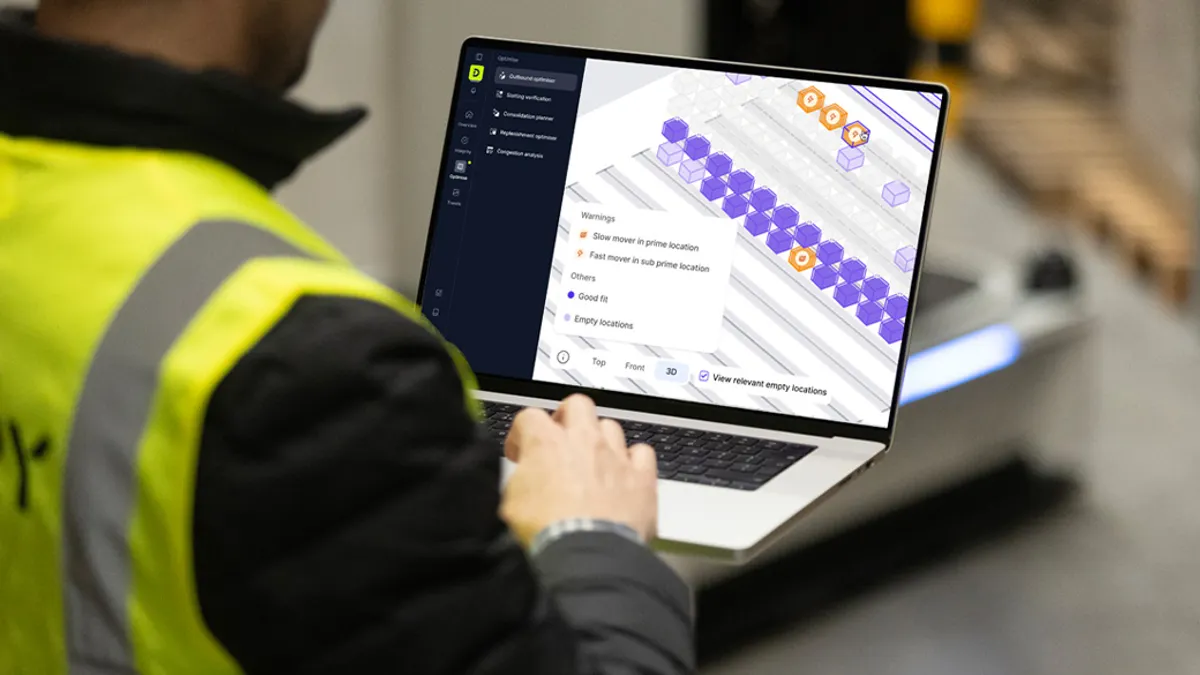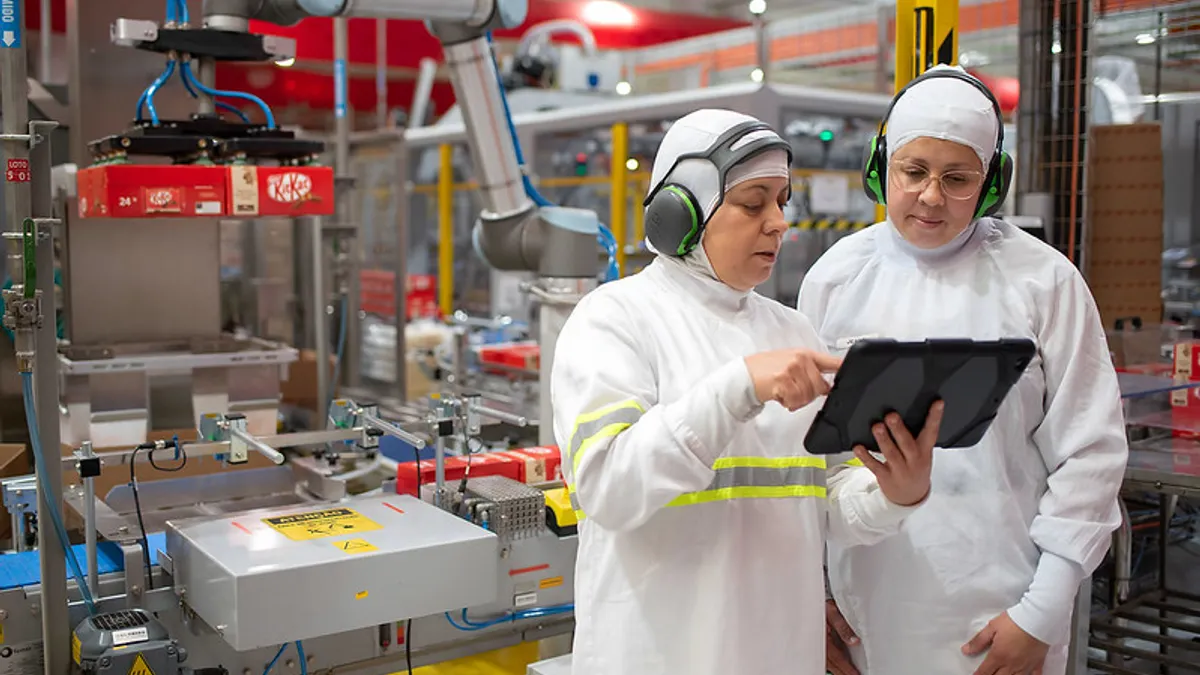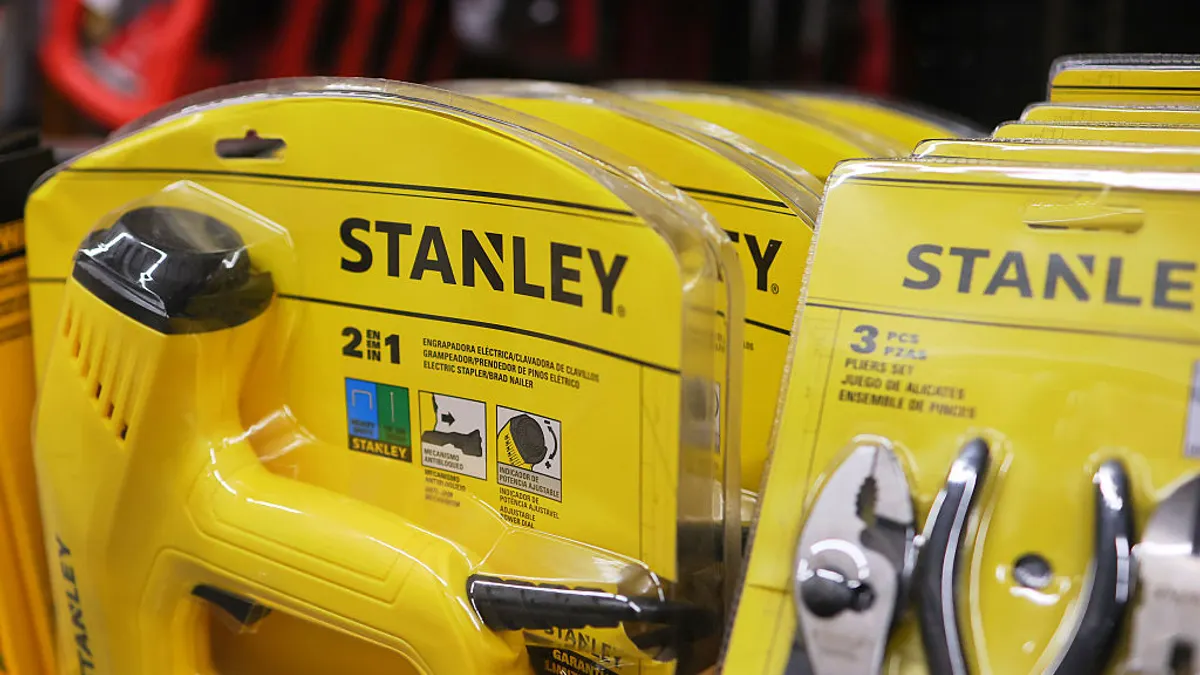As we move into the final quarter of the year, retailers everywhere are fine-tuning budgets and planning for the year ahead. If automation has been on your radar but still sitting on the “someday” list, now is the time to act. Making the shift before 2025 ends could transform how your retail operations run in 2026 and beyond.
Whether you’re gearing up for the holiday rush, managing seasonal inventory or simply looking to optimize your fulfillment processes, automation offers a critical edge - speed, accuracy and efficiency.
With the right technology, automation ensures the right products are in the right place exactly when they’re needed most, especially during high-demand periods. But it’s not just about handling immediate demand, automation also future proofs your operations.
Why Retailers Should Act Now
1. Stay ahead of peak season: With the busiest shopping period approaching, automation gives you the agility to manage stock levels, process orders faster and fulfill customer expectations with fewer errors. From warehouse operations to point-of-sale systems, automation can make every part of your retail chain run more smoothly.
2. It’s not too late to start: Many retailers assume automation requires months of planning and significant capital. But modern retail automation tools, like AI-driven inventory systems, automated replenishment and smart checkout solutions, can be deployed quickly, often within weeks or even days, without a major overhaul.
3. Start 2026 with a stronger foundation: By implementing automation now, you’ll head into 2026 with leaner operations, more efficient teams and the potential for a faster return on investment. The earlier you start, the more you gain from valuable seasonal insights and real-world performance data.
4. Empower your retail teams: Automation doesn’t replace your people; it helps them thrive. By automating repetitive or time-consuming tasks like restocking, reporting or order tracking, your staff can focus on what matters most: delivering exceptional customer experiences and driving sales.
5. Small steps, big results: You don’t need to automate everything at once. Start with areas that have the most impact, like inventory management, fulfillment or customer service chatbots. Even small investments today can create efficiencies that scale into major gains over time.
ROI in warehouse automation: Fast, clear benefits
Warehouses are busy places. Pallets are constantly moving in and out. Mistakes in inventory can delay orders, mess up workflows and upset customers. Traditional methods, like manual inventory checks, can’t keep up. They take too much time and don’t give a full picture of what’s happening. This is where automated solutions like warehouse robots can step in to bridge the gap. For example, Dexory’s robot can scan up to 10,000 pallet locations an hour. It sends the data straight to the DexoryView platform where you can see everything in real-time.
Time saved: Comparing how many people needed to recruit for manual inventory management versus the efficiency of a robot. The time saved on cycle counts and error investigations is a game-changer.
Error reduction: Mistakes happen in every warehouse, but catching and correcting them swiftly is vital. Errors left unaddressed can disrupt picking and put-away processes, impacting the entire operation.
Resource optimization: Automating repetitive tasks frees up valuable resources. Teams and equipment should be focused on revenue-generating activities, not just checking for the sake of checking.
For retailers with remaining budget this year, this is the perfect opportunity to invest in a smarter, more efficient operation before the new year.
In retail, automation is no longer a future luxury, it’s a present-day necessity.










